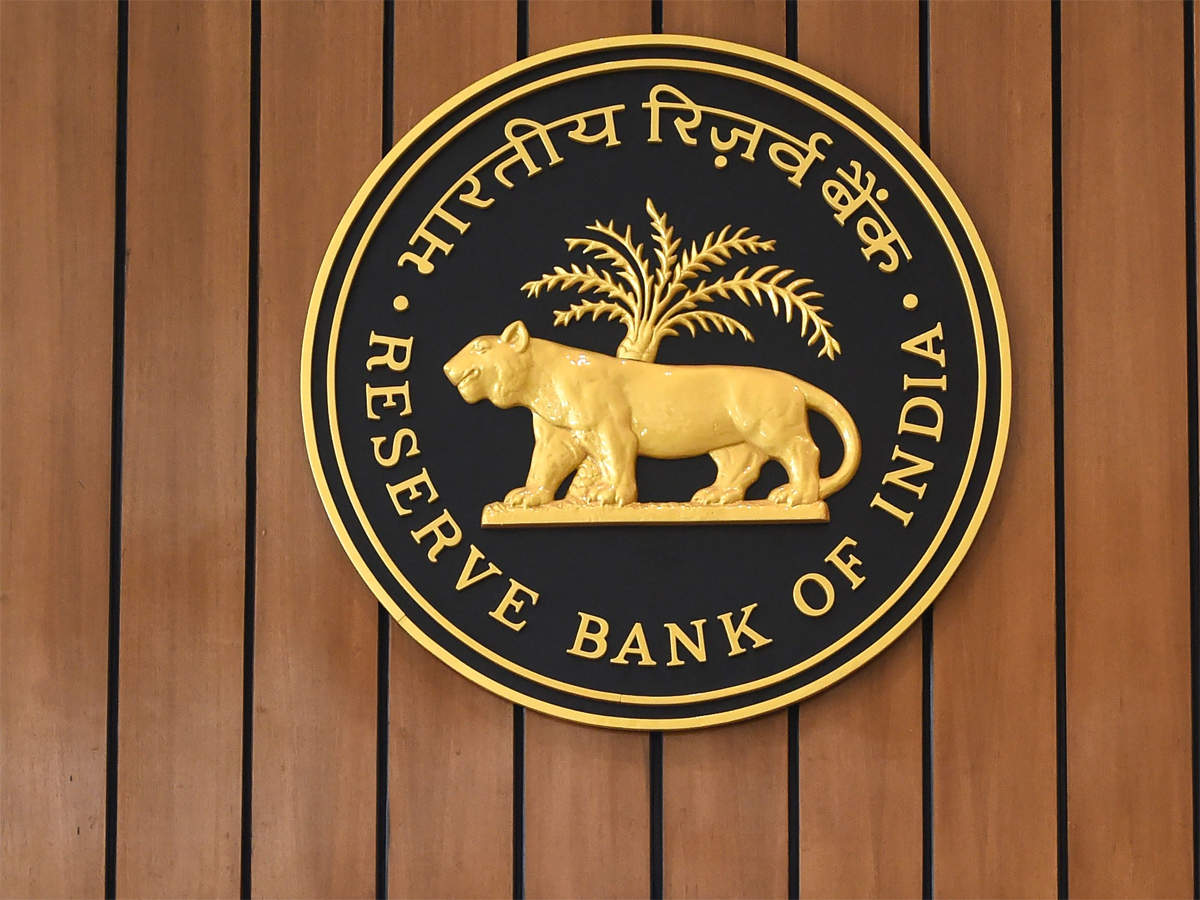Reserve Bank of India Governor, has identified three challenges facing the global economy which are:
- Slow moderation in inflation,
- Slowing growth with obstacles, and
- Risks of financial stability.
The Governor expressed concerns about the impacts of shocks like rising crude oil prices and bond yields, which he referred would hamper the responses of central banks. He further added to say
- Slow moderation in inflation which is getting interrupted by recurring and overlapping shocks.
- Slowing growth and that too with fresh and enhanced obstacles.
- Lurking risks of financial stability.
He further added that the relationship between price stability and financial stability depends on the choices central banks make. Also, he said that Financial Stability measures through extraordinary interventions, unless corrected on time, can ultimately impact financial stability.
Here is an article on broad based rise in Economic momentum…
__________
High-frequency indicators show broad-based momentum in economy, says RBI bulletin
India’s high-frequency indicators point to a broad-based gaining of momentum even as surging bond yields and rising crude oil prices have emerged as proximate risks to global growth, said an article in Reserve Bank of India’s October bulletin.
“Deleveraging and higher capacity utilization have enabled capital-heavy industries to gain traction,” it said.
It said that the accumulated force of monetary policy actions and an unswerving dis-inflationary stance of withdrawing accommodation are yielding results but it is too early to declare victory.
Other positives include the fact that the Indian rupee is exhibiting low volatility; and inflation has moderated from its July peak, strengthening macroeconomic fundamentals. The rupee, it said, has also shown orderly movements relative to peers in spite of the elevated US treasury yields and a stronger US dollar. Movements in the rupee, the article said, are consistent with the strength of the underlying macro-fundamentals and the reassuring availability of buffers.
While the article was written by RBI officials, it had the usual disclaimer that the views expressed are those of authors and do not reflect the views of the organization.
As per the article, the festival season is all set to light up volumes of e-commerce sales. Entry-level prices of electronics are poised to fall in spite of the focus on premiumisation and consumer confidence is upbeat on online shopping, with wider choices, competitive pricing, and the convenience of easy return and exchange, it said.
In response, it said, pan-India demand for warehousing has outgrown supply by an estimated 1.4 times, with an average growth of 10% in rentals.
“Rural consumers also appear to be ready to join the party: there is a revival in demand for fast moving consumer goods after the September showers in spite of an uptick in freight and packaging costs,” it said.
That apart, as kharif sowing acreage exceeds last year’s coverage, joblessness in rural areas fell in September, the article said.
“In the corporate sector, rating agencies are reporting credit ratios – upgrades by downgrades – of more than one. The upgrade rate has moderated but remains higher than the decadal average while the downgrade rate also undershot its 10-year average,” it said.
In the financial markets, the festival mood is lifting sentiments, it said, adding that in September, primary equity markets sizzled, with the most number of initial public offerings (IPOs) in the past 13 years amidst a buoyant rally in mid- and small-cap stocks.
“This has been propelled by ebullient inflows into several small and mid-cap funds. The India volatility index (VIX), an equity market fear gauge, has remained subdued during the first half of 2023-24, indicative of the bullish market sentiment,” it said.
It said that as per the assessment of the monetary policy committee, the outlook for domestic activity is brightening on account of the sustained buoyancy in services, consumer and business optimism, public spending on infrastructure and the underlying strength of the financial sector’s balance sheet even as corporations deleverage and post strong bottom lines.
Courtesy : Mint Dt. 19th Oct. 2023







No Comments